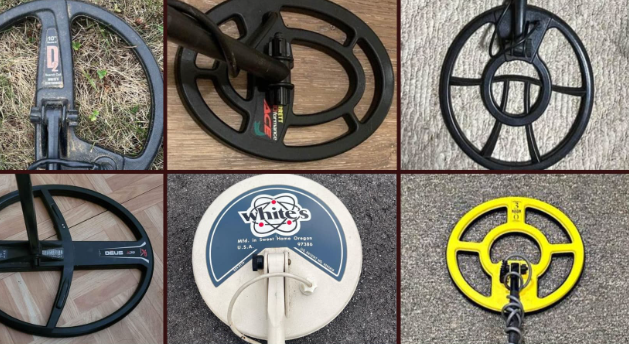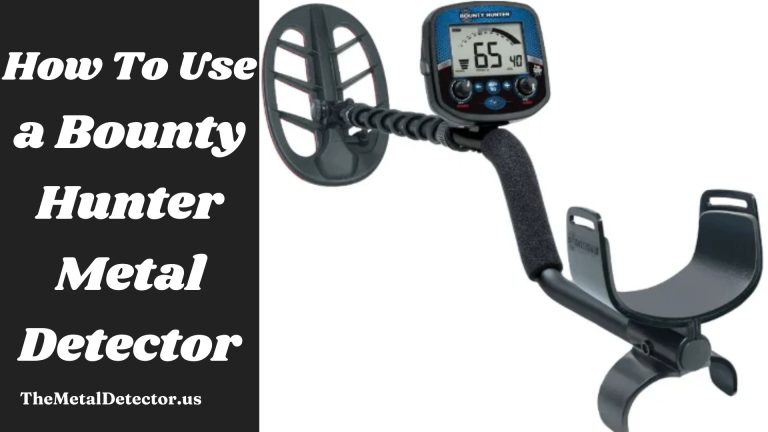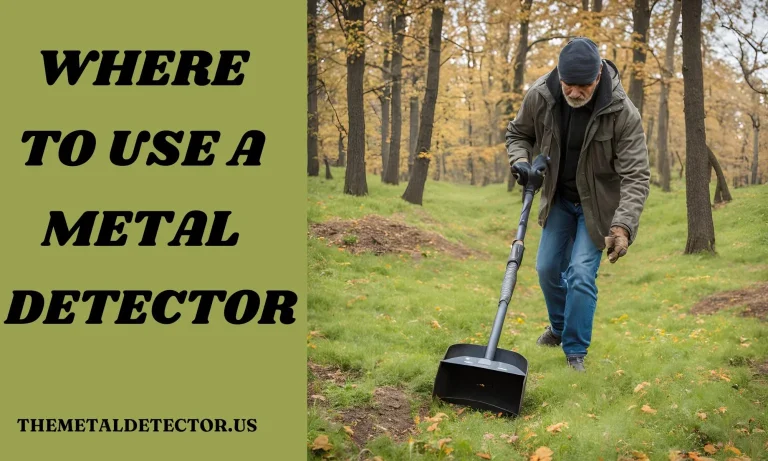Types of Metal Detectors | A Comprehensive Guide 2025

Are you also confused by the vast types of metal detectors in the market just like me? It’s very common to get confused between so many types of detectors and each having a unique and different experience than the other. It has become difficult to find the perfect tool for our metal-detecting journey.
Knowing the various “types of metal detectors” is the first step toward finding the solution to this problem. Knowing different models and their different qualities can help you make a final choice for a metal detector that fits your needs. The primary types of metal detectors will be discussed in this article to help you in selecting the ideal device for your upcoming metal-detecting project.
Basic Components of a Metal Detector
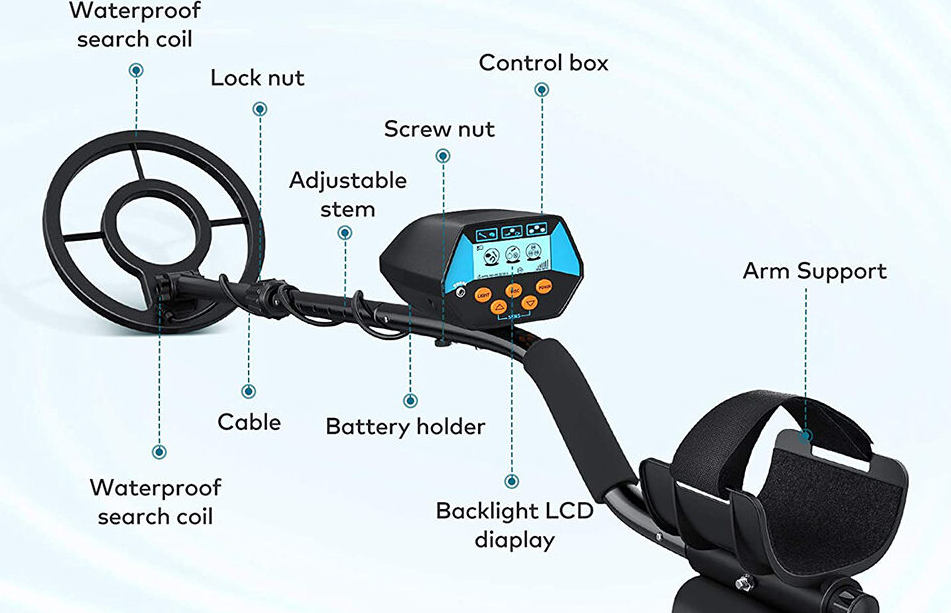
The basic components of a metal detector are the several key parts of it that make it work. These components include the search coil, which detects the metal objects and a control box which houses the battery and electronics of the detector. It also contains a shaft that connects the coil to the control box.
It also allows you to adjust the height of the metal detector. It also offers you an armrest which provides comfort and support to your arm while using the detector. All of these components collectively make a metal detector which helps you a lot in your metal-detecting adventures and also for safety and security purposes.
While exploring the types of metal detectors, knowing these important components that make up the metal detector is very crucial. Let’s go ahead and explore the different types of metal detectors available in the market. This will help you choose a specific type of detector that fits exactly your needs.
You may be interested in the Garrett AT Max metal detector
Electromagnetic Metal Detectors
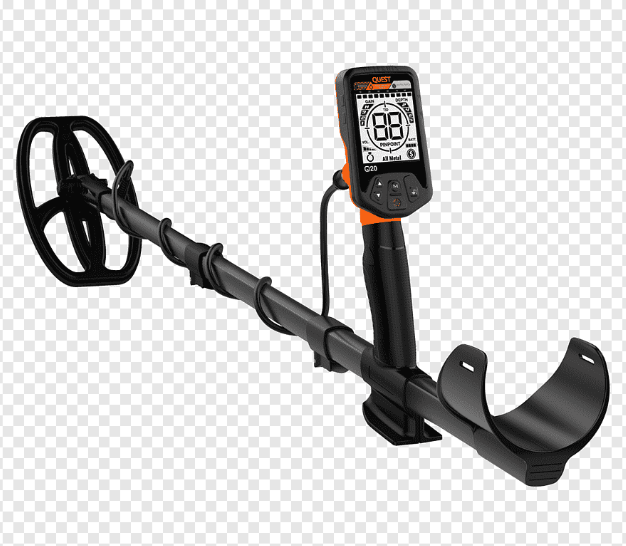
Electromagnetic metal detectors use electromagnetic waves to detect the metal items. The detector creates an electromagnetic field by sending signals to its search coil. Then whenever the electromagnetic field of the detector hits a metal object, it creates a signal that is picked up by the detector.
This reaction is then converted into an audible or visual alert to notify you when metal is in your immediate vicinity. These metal detectors are widely used for security and treasure hunting because of their efficacy in detecting various metals. There are two types of metal detectors which are electromagnetic detectors and are discussed below:
Pulse Induction Metal Detector
The types of metal detectors include two detectors. The first one is a pulse induction metal detector. This metal detector works by sending quick pulses of electricity through its search coil. These pulses create a magnetic field, which causes a signal to come back to the metal detector when it encounters a metal object.
This signal is later reviewed, and the detector notifies you of the presence of metal. Pulse Induction detectors are well-known for their ability to operate effectively in difficult conditions such as salty beaches or locations with high mineral content, where other detectors may struggle. People often use these detectors on beaches or locations with high minerals to take their full advantage.
VLF Metal Detector
In the types of metal detectors, the second type of metal detector in electromagnetic detectors is the VLF (Very Low Frequency) metal detector. It is also a very common type of metal detector. This metal detector uses two coils in its operation to find metal objects.
One of its coils sends out a low-frequency signal while the other one picks up that signal that bounces back from the metal objects. This type of detector is great for finding different types of metal, and it’s especially good at distinguishing between valuable metals like gold and less valuable ones like iron. VLF metal detectors are popular for gold detecting because they are accurate and easy to use.
Pros and Cons of Electromagnetic Metal Detectors
There are many different types of metal detectors and each one has both pros and cons with them. Knowing about these pros and cons helps you better understand the capabilities and features of these metal detectors. This will surely help you choose the best metal detector among all of those present in the market.
The pros and cons are being listed below:
Pros
Cons
Long Range Metal Detectors
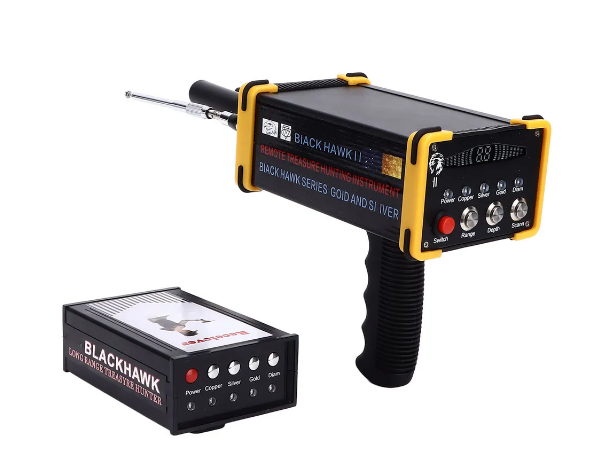
The third type of metal detector in the types of metal detectors is a long-range metal detector. Long-range metal detectors are designed to detect metal items at considerably larger distances than standard metal detectors. They are very great at identifying metals such as gold, silver, and other valuables from great distances, often hundreds of meters away.
These detectors are commonly used by gold detectorists looking for vast amounts of valuable metals. However, it is essential to remember that the usefulness of long-range metal detectors is frequently challenged, with some experts disputing their dependability when compared to normal metal detectors.
They are a very great choice for people who often do long-range metal detecting. People can choose the metal detector of their choice according to their needs from these types of metal detectors.
If you are planning to buy the Garrett AT Gold metal detector then you can buy it from here.
Pros and Cons
Alongside the other types of metal detectors, these long-range detectors also have some pros and cons which are important for you to understand. Let’s break down the pros and cons of these long-range metal detectors.
Pros
Cons
3D Imaging Metal Detectors
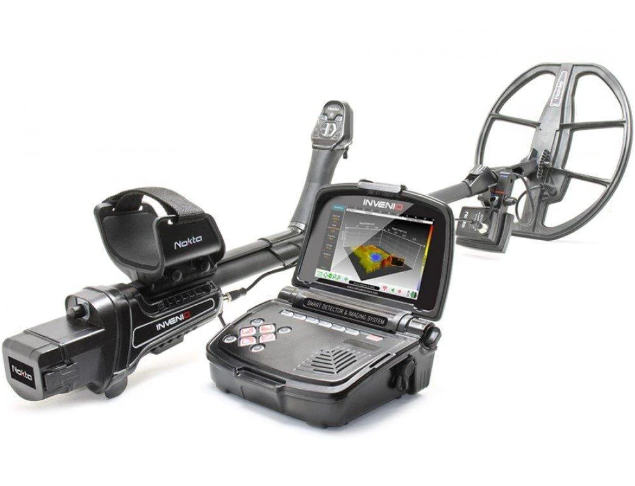
The third type of metal detector is the 3D imaging metal detector. These metal detectors are very advanced tools that create a visual image of the metal object that has been found. Instead of beeping, these metal detectors create a visual image of the item on the screen.
This will help you a lot to see the shape, size and depth of the metal object. This makes it very easy for you to identify the item that you have found and decide whether it’s worth digging or a waste of time. It also saves you time and effort and allows you to focus on your work properly.
Check out this comprehensive guide on: Does titanium set off metal detectors or not?
Pros and Cons
The pros and cons of the 3D imaging metal detectors are being discussed below:
Pros
Cons
Multi Systems Metal Detectors
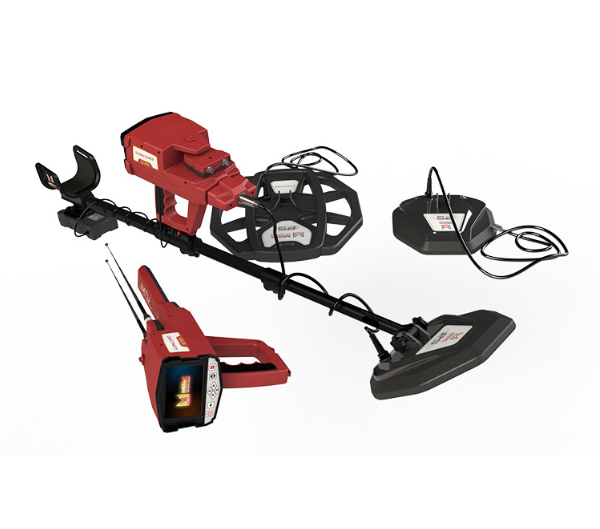
The tool that uses multiple detection technologies to detect metal objects is known as a multi-systems metal detector. These metal detectors use different technologies like VLF and pulse induction to work well in different ground conditions. This makes them very effective to work in any climate condition.
These metal detectors are very good for detection in areas with a lot of minerals in the soil and also in salty beaches. By using multi-system metal detectors, these detectors can give us more accurate results. This can help you find a wider range of metal objects.
Pros and Cons
The pros and cons of the multi-system metal detector are discussed below:
Pros
Cons
Conclusion
In conclusion, knowing the “types of metal detectors” can help you choose the right one according to your needs. Different types like electromagnetic, pulse induction, VLF, and multi-systems, have their own features that work differently in different environments, conditions and purposes. By knowing the strengths and limitations of what each type does best, you can choose the best metal detector according to your needs, whether you are just starting the detection or finding rare things.

